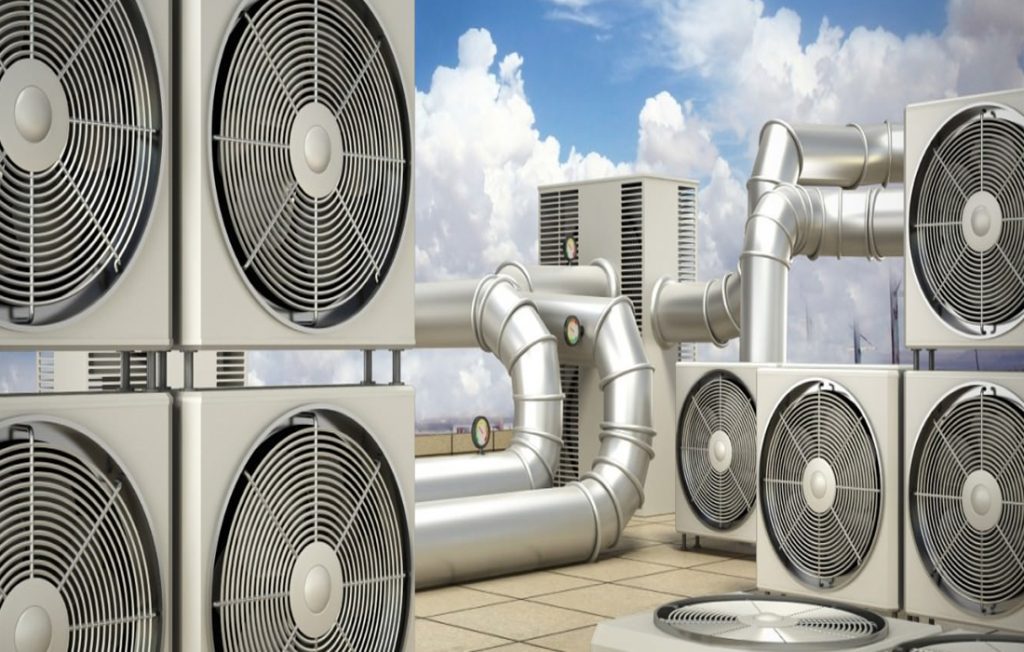Uncollected coolant and oil mists can create slippery floors, safety hazards and additional maintenance work in machine shops. Our mist collectors eliminate these problems and ensure that the machine operates at peak performance and meets OSHA workplace exposure limits.
The system features a three stage filtration process that combines an initial pre-filtration cartridge with cyclonic separation and a final filter to achieve 99 percent filtration efficiency. Oil and processed coolant are recovered for reuse.
Centrifugal Separators
Unlike other types of industrial separators, centrifugal separators utilise centrifugal forces that are thousands of times stronger than gravity to separate mixtures. These devices are utilised in many different business production steps, including the production of food and beverage products, manufacturing fruit and vegetable juices, processing wine and sugar, and oil refining.
These machines work by creating a spinning vortex, which leads to solids filtration from liquids. Denser components, such as water, will flow out of the centrifuge while contaminants and low-density substances remain inside.
Once the machine has been loaded with a mixture to be separated, the operator activates the drive mechanism that powers the rotor. This enables the device to begin working by spinning at high speeds, creating a separation force that throws hard-to-get entrainment away from the center of the vortex. Sludge ejection features also remove the need for filter media, eliminating labor expenses and other costs associated with replacing these materials.
Electrostatic Separators
Electrostatic separators are a significant class of technologies used for sorting granular mixtures that result from industrial waste processing. These clean electric separation processes eliminate the need for reagents and water.
They work by using the difference in conductivity between insulators and conductors, after they are charged with static electricity. This charge causes an attraction or repulsion proportional to the surface area of the particles.
Typically the separator consists of an earthing arc plate that is connected to the high voltage electrical field. The non-conductive minerals slip into the high voltage field area, while the conductive minerals are attracted to the front and discharged from the top.
The technology allows carbon black plants to significantly increase their yields and profit potential by processing lower cost feedstocks, and clarifying slurry oil on-site to meet specific product specifications. Combined with low operational costs and high metal recovery rates, GA-EMS’ electrostatic separators are capable of amortizing in a few weeks of operation.
Multi-Stage Separators
With these technologies, the vaporized hydrocarbon liquid passes through one or two main filters that often use activated carbon (or organoclay for stronger emulsions) to purify and polish the condensate. The filtered condensate then drops to a storage tank.
During operation, the separator pressure must be adjusted to maximize oil recovery within a specific set of operational conditions. This requires a high level of precision.
Energy Weldfab specializes in producing high and low-pressure multi-stage separators for any application, including abrasion resistant designs and API grade specifications.
The most economical solution for separating gas and liquid is to use several stages of separation. This allows the GOSP to operate at higher pressures while increasing liquid yield by a significant margin. This can be achieved by adjusting the separator pressures in each stage to optimum values. This can be done using PVT data obtained through flash or equilibrium separation tests. Alternatively, it can be estimated using empirical correlations.
Source Capture
A mist collector is used to remove liquid droplets from the air stream that are produced by metal working processes. These include machining with coolants, oil and welding fumes. These contaminants are extremely harmful and must be eliminated from your facility environment.
The most efficient way to remove these dangerous particles is through source capture systems that utilize hoods and extraction arms for removal directly at the point of origin. For example, a welding fumes extraction arm paired with a welding hood will eliminate contaminant emissions at the torch. Other source capture options include downdraft tables and portable units for use away from the point of operation.
Other important performance specifications to consider are the filter size and airflow capacity. The size of a filter defines how much contamination it will trap over time, while the airflow capacity of a unit determines its overall cleaning capability.oil mist collector


